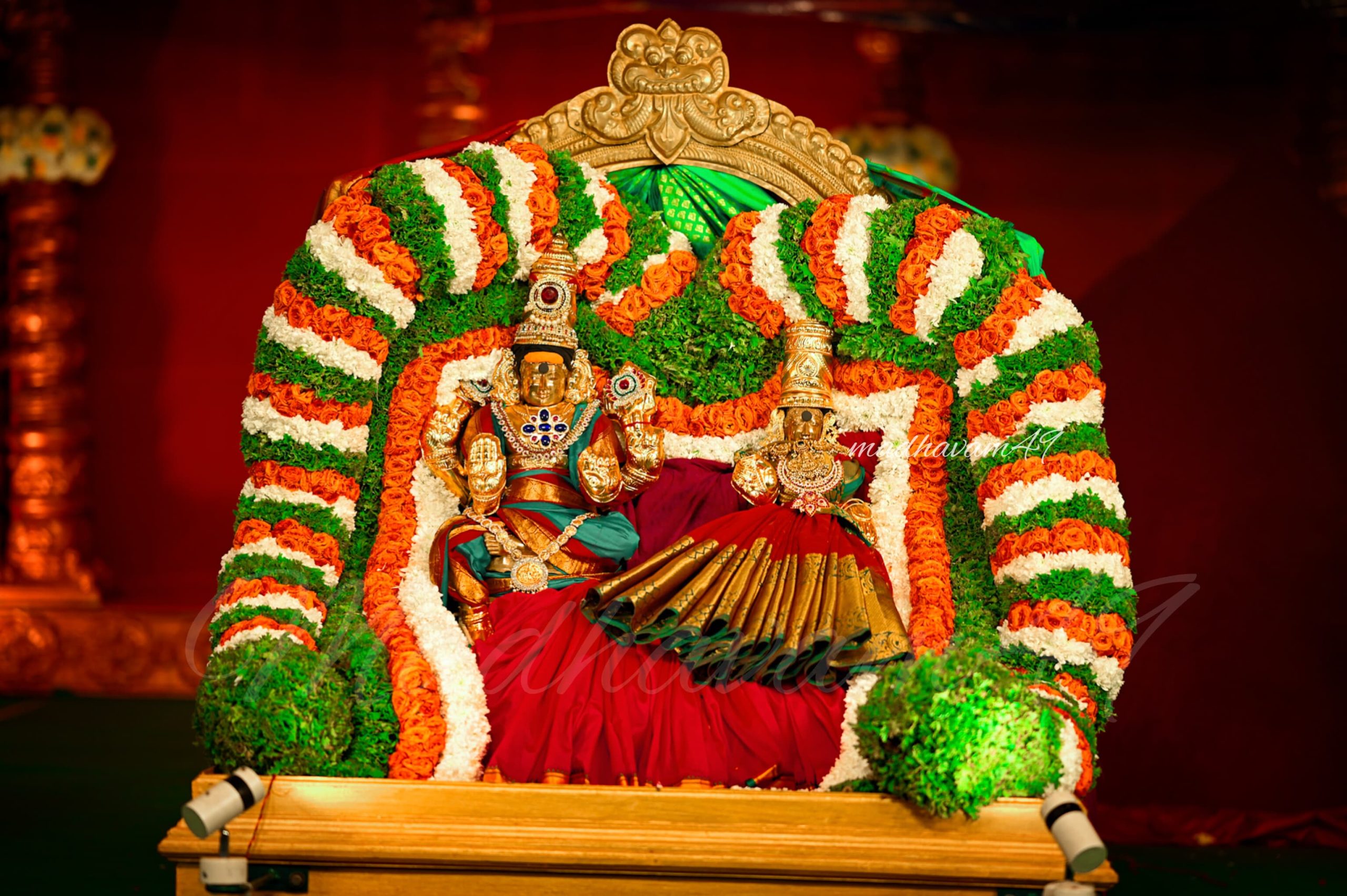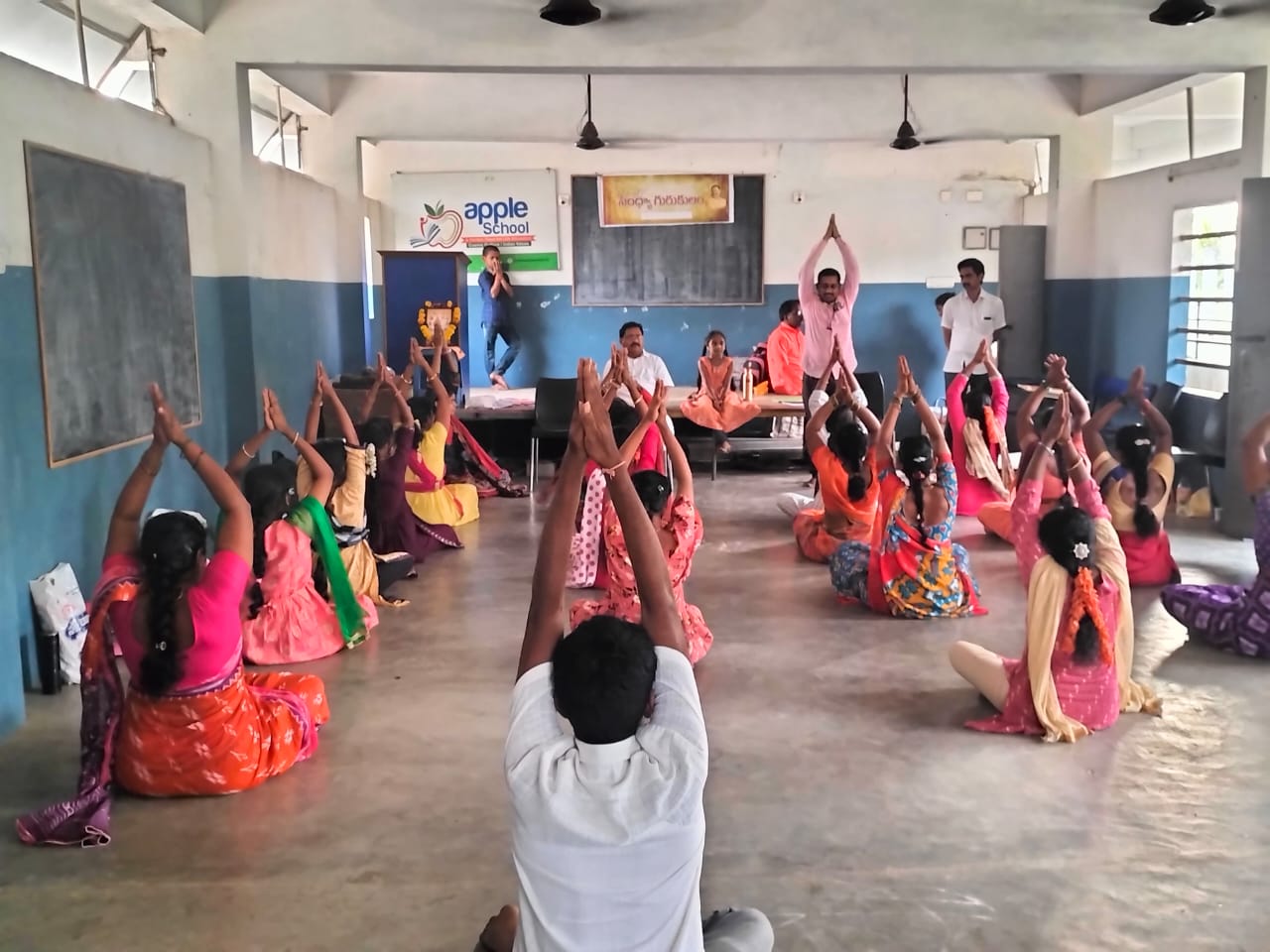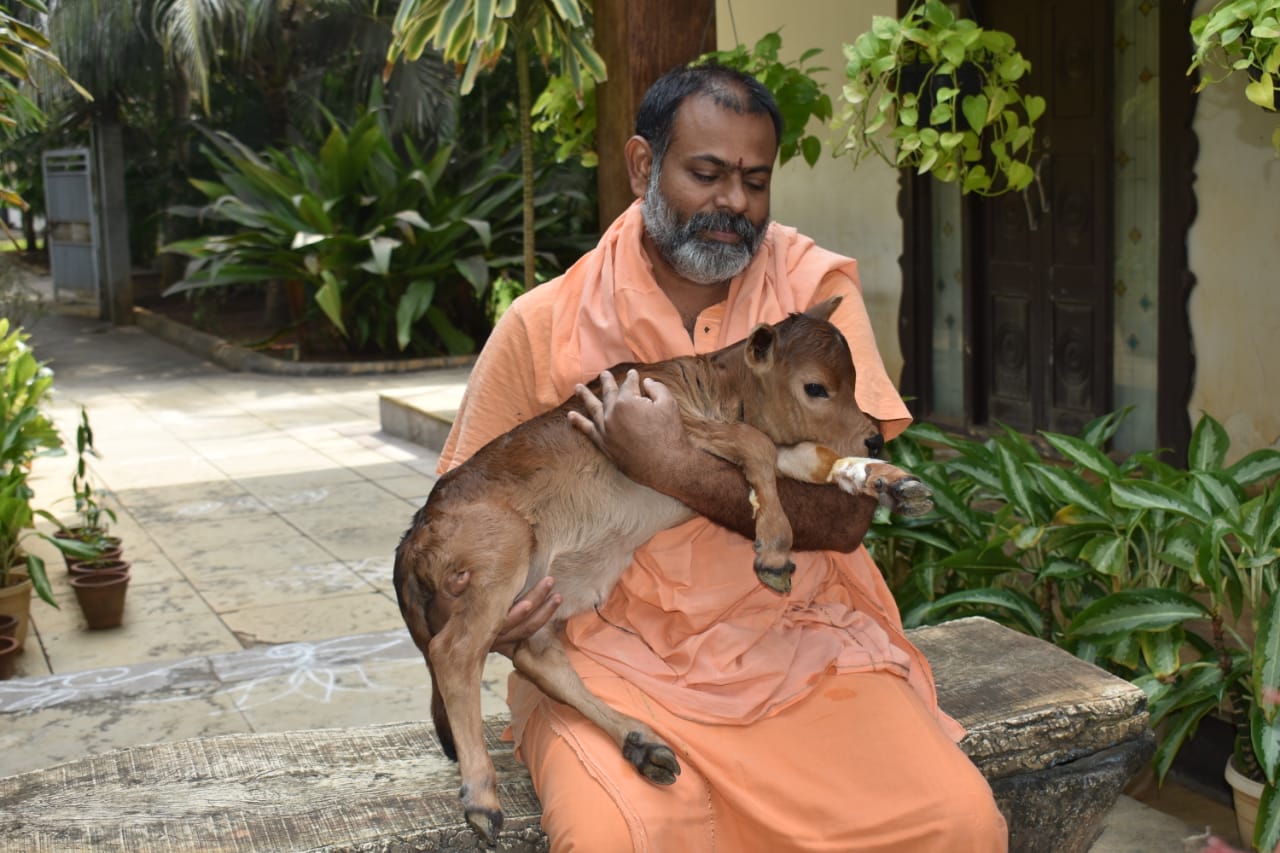A mission rooted in Vedic wisdom, devotion, and cultural preservation.



A sacred initiative dedicated to preserving Vedic education, protecting indigenous cows, and strengthening temple traditions for future generations.
Swamiji’s 3G Mission holds great significance in his heart and encompasses the ideals of Gurukulam, Gokulam, and Gopuram. The mission aims to establish study centres for children in remote and underprivileged areas through Gurukulam, provide safe shelters for indigenous cows through Gokulam, and restore ancient temples in every district of Telugu-speaking states through Gopuram. Given the wide depth of this work, assistance and donations from anyone who is interested and able to participate, whether via their time, resources, or financial means, are appreciated.
Gopuram is a prominent architectural feature of many South Indian temples and has been an integral part of temple architecture for centuries.
The term “Gopuram” is derived from the words “Go” meaning cow and “Puram” meaning town or city. It can be translated to mean “cow shed” or “cow town” as the gateway was traditionally used to house cows during times of war.
Gopurams typically consist of several tiers (usually 4 or 5) that are decorated with intricate carvings and sculptures depicting various scenes from Hindu mythology. They are usually made of stone and can tower up to several hundred feet in height.
The purpose of the Gopuram is to signify the entrance to a sacred space and to make a grand statement about the power and majesty of the deity that is worshipped within. It is also designed to draw the attention of worshippers and visitors alike acting as a visual representation of the temple’s prestige and importance.


“Gurukulam” is a Sanskrit word which refers to a traditional system of education that dates back to ancient India. It is a system where students live and study with their guru (teacher imbibing knowledge not just through formal instruction but also through practical experience of living and working with their teacher.
The students enrolled in Sandhya Gurukulam not only excel in academics but also participate actively in extracurricular activities, rivalling students from private schools. Importantly, the presence of Sandhya Gurukulam students has positively impacted the overall atmosphere of the villages, fostering a healthy and friendly environment.
Currently, there are 120 Sandhya Gurukulams in operation, each consisting of 30 students and a dedicated teacher, with the numbers steadily increasing with each passing day. In this system of schooling the students stay with their guru for a period of several years and observe a strict regime of discipline and self-control. They study various subjects such as Sanskrit mathematics astronomy medicine music politics and economics among others. The goal was not just to acquire knowledge but also to imbibe the values of self-discipline respect humility and service to society.
Our Vedapatashala refers to a traditional institution or school that teaches Vedic knowledge including the study of ancient texts such as the Vedas Upanishads and other related scriptures. These institutions are usually based on the gurukul system where students live in close proximity to their teacher or guru and receive knowledge in a holistic manner that incorporates academic learning as well as spiritual and moral development.
Indeginous cow is one of the greatest treasures mankind is gifted by nature. Desi cow gives health and wealth to people in addition to Punya if properly worshipped and utilised. Unfortunately, there is no much awareness regarding cows’ importance in society and so there is great danger of their species’ extinction. In this regard, Swamiji took the initiative of developing Gogramam in Sreepeetham which means abode of cows. Here the rare Indeginous cows are being preserved and nurtured for the sake of model and information to next generations. Cows in Sreepeetham Gograma are much healthier than regular cows tied in shelters, as they’re freely allowed to move and graze in healthy manner.
Contribution
You can be a part in Goseva as follows
Gopuja (Ekadasi Days) | Gograsam | Godattata |Gotulabharam | Godaanam Navadhaanya Seva | Govardhini Nidhi

Home
About Us
Services
Temple
Privacy Policy
Return & Refund
Terms & Conditions
Our Contact